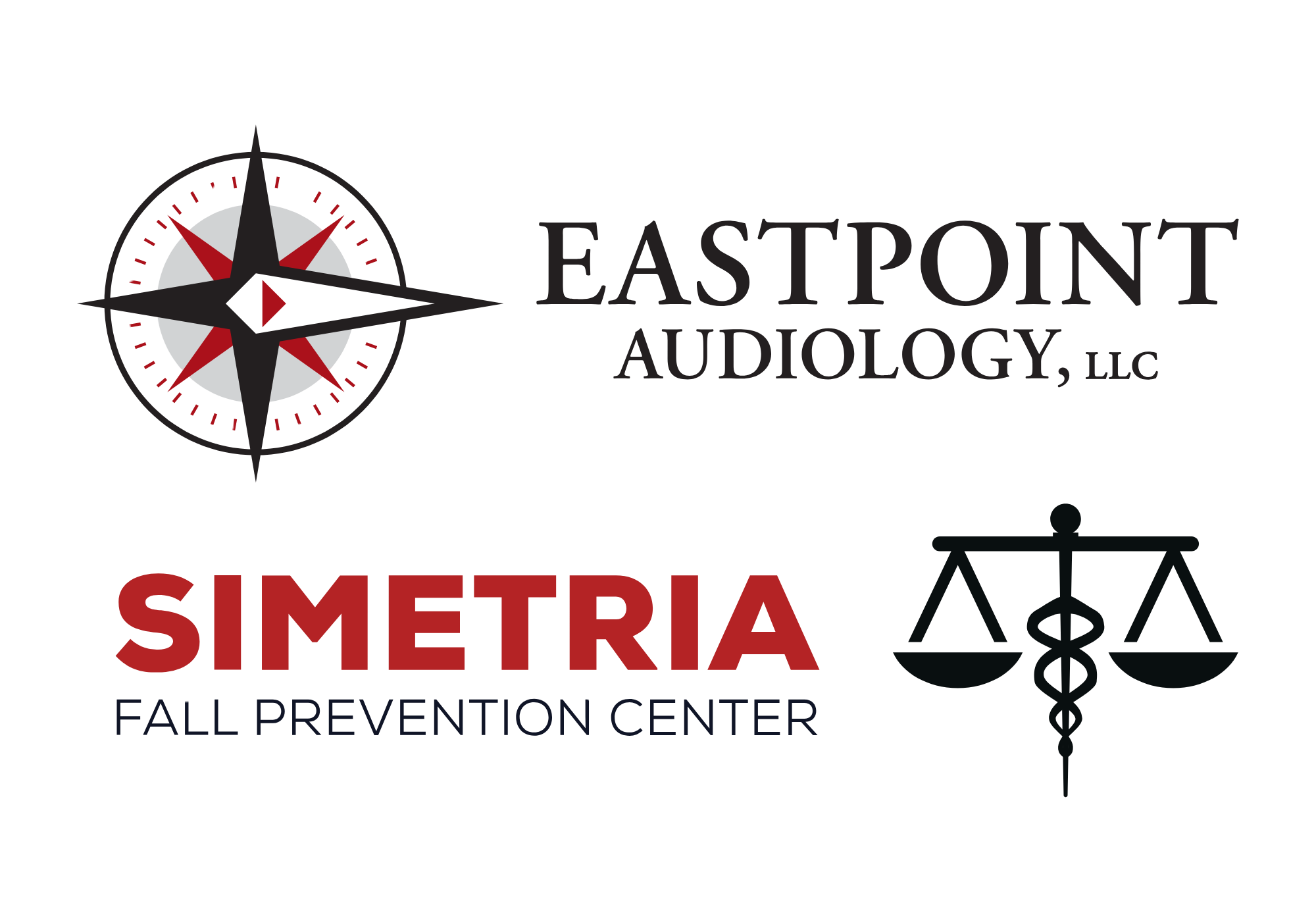
Hearing loss is often seen as an inescapable facet of growing old, but the truth is that much of it is preventable. In truth, damage from recurring exposure to loud noise is also a major factor. Every exposure to loud noise, whether at a concert, mowing the lawn, or through loud earbuds, adds up over time, leading to irreversible hearing loss. Alarmingly, this problem isn’t limited to older adults; even children are now showing signs of preventable hearing loss.
About 34 million children around the world are experiencing hearing loss, and up to 60% of these cases are avoidable. When we consider adults, the numbers are even more striking, revealing a prevalent issue that demands attention.
Hearing loss’s current contributing factors
To tackle the issue of hearing loss, it’s essential to understand why it has become so widespread in today’s world. Several factors contribute to this issue, each interconnected and amplifying the risk of hearing damage:
- Technological Advancements: Possibly the most substantial factor in the increase of hearing loss is the widespread use of personal audio devices. It’s easier than it ever has been to listen to music and podcasts because of headphones and earbuds. However, the proximity of these devices to the ear, combined with the tendency to boost the volume, can cause considerable harm. This sort of damage accumulates gradually frequently going undetected until it begins to become obvious and permanent.
- Urbanization and Population Density: The world’s cities are more heavily populated than ever before. With more people living close together, the noise levels in urban environments have increased considerably. This elevated urban noise, from traffic to construction, has a big impact on the soaring incidence of hearing loss.
- Social Environments: Modern social environments, such as restaurants and bars, are often excessively loud. Many social establishments have implemented the tactic of boosting their volume levels to give the illusion of increased success. Cumulative hearing damage can be the outcome of the background noise in these places, even if there is no live music.
From raging waterfalls to clattering steam engines, humans have always had to cope with loud noises, but in the contemporary world, new challenges have arisen. Today’s noise levels, together with the accessibility of technology, create a perfect storm for hearing loss.
What are some practical measures to prevent hearing loss?
Given that the majority of hearing loss cases are avoidable, particularly in children, it’s puzzling that the issue remains so common. Awareness and personal responsibility are the keys to prevention. Here are a few practical approaches to help preserve optimal hearing health:
- Utilize Hearing Protection: If you’re planning to be in a loud setting, like a concert, or while running noisy machinery such as a lawnmower, using hearing protection is essential. The danger of hearing loss will be greatly decreased by using earmuffs or earplugs which are inexpensive and widely available. This simple step is frequently overlooked but can make a profound difference in preserving your hearing.
- Be Careful About Moderate Noise Exposure: While loud noises are the most evident threat to hearing, prolonged exposure to moderate noise can be just as damaging. As an example, over time, city noise can result in damage even if it doesn’t seem that loud. You’re only likely to take preventive steps if you understand the cumulative nature of hearing loss.
- Track Your Earbud Volume: You can conveniently enjoy listening to your favorite media on personal audio devices like earbuds, but they also pose a significant danger to your hearing if they aren’t used conscientiously. If your device includes a noise limit setting, you can use it to safeguard your ears from damaging sound levels. Long-term damage can be avoided by taking some time to adjust these settings.
- Leverage Technology for Hearing Protection: You can monitor whether your environment is getting too noisy by downloading an app that tracks external volume. These tools are invaluable for raising awareness and making informed choices about your surroundings.
With hearing protection, knowledge is power
For those working in noisy surroundings such as factories or stadiums, protecting hearing can be more difficult. But the health of worker’s hearing is being protected by safety regulations that can be somewhat stringent. Becoming familiar with these policies and ensuring they are implemented can prevent occupational hearing loss.
Essentially, the more informed you are, the better prepared you’ll be to protect your hearing. This knowledge goes beyond understanding your environment; it also includes being cognizant of workplace policies and seeking professional guidance when required.
We can give you individualized recommendations about how to better protect your hearing and also help you get a better understanding of your current level of hearing health. Don’t forget that hearing loss doesn’t need to be an inevitable result. With the right precautions and awareness, you can preserve your hearing health and enjoy the sounds of life for years to come.
